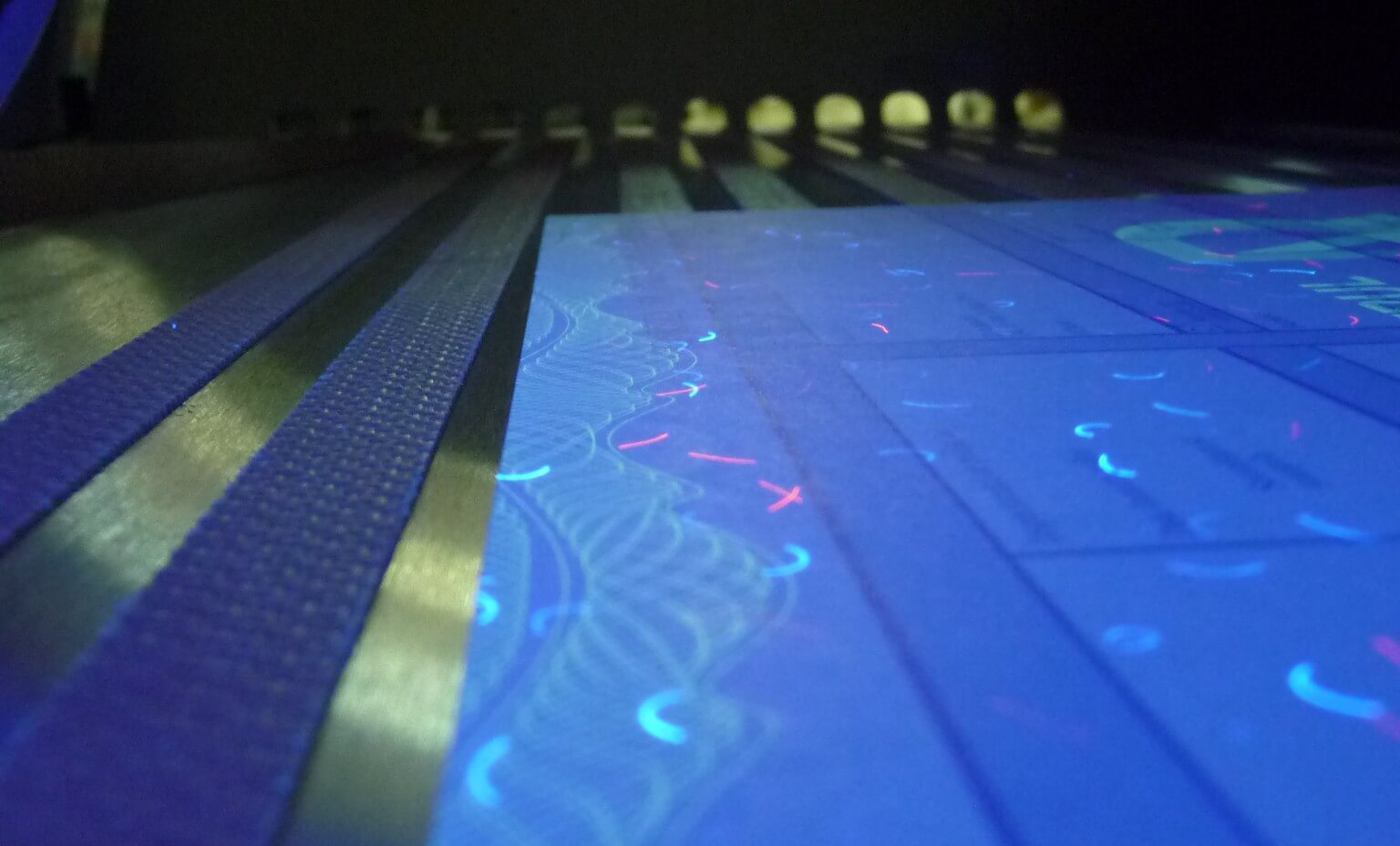In today’s rapidly evolving world, the concept of sustainability has permeated nearly every industry, including the realm of typography and print design. As designers and businesses strive to reduce their environmental footprint, adopting sustainable typography for print becomes a critical consideration. This article explores the importance of sustainable typography, offering insights and strategies for designers and professionals aiming to make environmentally responsible choices.

What is Sustainable Typography?
Sustainable typography refers to the practice of using fonts and design techniques that minimize environmental impact. This involves selecting typefaces that are resource-efficient, reducing ink usage, and ensuring that printed materials are recyclable or biodegradable. By embracing sustainable typography for print, designers can contribute to a greener planet while maintaining aesthetic appeal.
Why is Sustainable Typography Important?
As the world becomes increasingly aware of environmental issues, the demand for sustainable practices in design and printing has grown. Traditional printing methods often involve excessive use of ink and paper, contributing to deforestation and pollution. By incorporating sustainable typography for print, designers can significantly reduce waste and energy consumption. This not only benefits the environment but also aligns with the values of environmentally conscious consumers.
Reducing Ink Usage
One of the key aspects of sustainable typography is reducing ink usage. Choosing fonts that are designed to use less ink without compromising readability can make a substantial difference. For example, typefaces with thinner strokes or those specifically created for eco-friendly printing can help minimize ink consumption.
Choosing Eco-Friendly Fonts
Another crucial factor in sustainable typography for print is the selection of eco-friendly fonts. These fonts are designed to reduce ink usage and are often created with sustainability in mind. Designers can explore resources like [Zero-Waste Print-Friendly Fonts](https://fullcolorprintingfirm.com/zero-waste-print-friendly-fonts/) to find fonts that align with their sustainability goals.
The Role of Paper in Sustainable Typography
While typography plays a significant role in sustainable printing, the choice of paper is equally important. Selecting recycled or sustainably sourced paper can greatly reduce the environmental impact of printed materials. Additionally, using paper that is certified by organizations such as the Forest Stewardship Council (FSC) ensures responsible forest management.
Recycled Paper Options
Designers can explore a variety of recycled paper options to enhance the sustainability of their projects. Using paper made from post-consumer waste helps conserve resources and reduces the demand for virgin materials. For more information, visit [Green Printing Paper Options](https://fullcolorprintingfirm.com/green-printing-paper-options/).
Biodegradable Materials
In addition to recycled paper, biodegradable materials offer an eco-friendly alternative for printed products. These materials break down naturally, minimizing their impact on the environment. Designers should consider using biodegradable materials for products like packaging and business cards to enhance their sustainability efforts.
Incorporating Sustainability into Design Practices
Adopting sustainable typography for print extends beyond font and paper choices. Designers can integrate sustainability into their overall design practices by considering factors such as energy-efficient printing, minimizing waste, and optimizing layouts to reduce material usage.
Energy-Efficient Printing
Utilizing energy-efficient printing techniques is a crucial aspect of sustainable typography. This involves using printers that consume less energy and produce less waste during the printing process. To learn more about sustainable printing technologies, check out [Sustainable Desktop Printers](https://fullcolorprintingfirm.com/sustainable-desktop-printers/).
Optimizing Layouts
Efficient layout design can significantly reduce waste by maximizing the use of available space on a page. By strategically arranging text and images, designers can minimize paper usage and improve the overall sustainability of their projects.
Case Studies: Successful Sustainable Typography Projects
Examining successful projects that have embraced sustainable typography for print can provide valuable insights and inspiration for designers. These case studies demonstrate how innovative design choices can lead to environmentally friendly outcomes while maintaining artistic integrity.
Eco-Branding Initiatives
Many brands have adopted eco-friendly design practices to align with their sustainability goals. By incorporating sustainable typography into their branding materials, these companies have successfully reduced their environmental impact. Explore some examples at [Eco-Branding Through Printing](https://fullcolorprintingfirm.com/eco-branding-through-printing/).
Sustainable Zine Creation
Independent publishers and zine creators have embraced sustainable practices to produce eco-friendly publications. By using recycled materials, eco-friendly inks, and sustainable typography, these creators contribute to a more sustainable publishing industry. Learn more about sustainable zine creation at [Sustainable Zine Creation](https://fullcolorprintingfirm.com/sustainable-zine-creation/).
Conclusion: The Future of Sustainable Typography
As we move towards a more sustainable future, the role of sustainable typography for print will continue to grow in importance. Designers and businesses alike can make a positive impact on the environment by adopting eco-friendly practices in their print projects. By prioritizing sustainability, we can create a world where beautiful design and environmental responsibility go hand in hand.

FAQ
What are eco-friendly fonts?
Eco-friendly fonts are typefaces designed to reduce ink usage and minimize environmental impact. They often feature thinner strokes and efficient design elements that save ink without sacrificing readability.
How can I reduce ink usage in my print projects?
To reduce ink usage, consider using eco-friendly fonts, optimizing layout designs, and utilizing energy-efficient printing techniques. These practices help minimize ink consumption while maintaining print quality.
Where can I learn more about sustainable printing practices?
For additional information on sustainable printing practices, visit the [Zero Waste Printing Explained](https://formlabs.com/global/blog/zero-waste-printing-explained-reduce-costs-waste/) article by Formlabs, which provides insights into reducing costs and waste through sustainable printing methods.
This article contains affiliate links. We may earn a commission at no extra cost to you.







